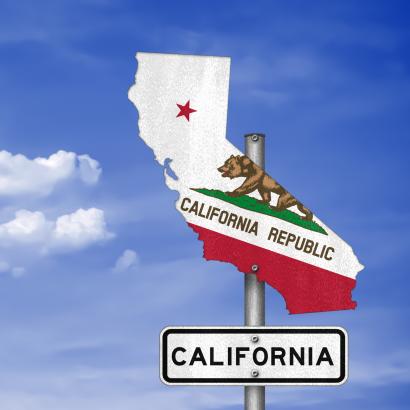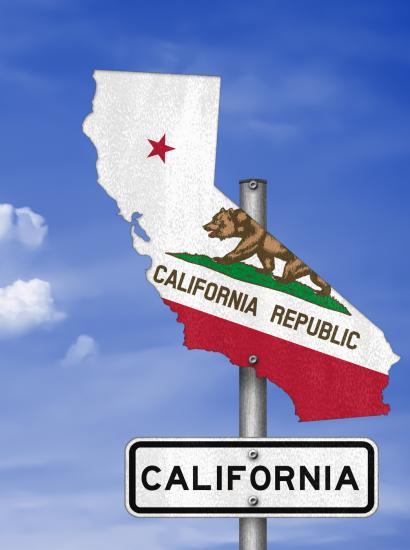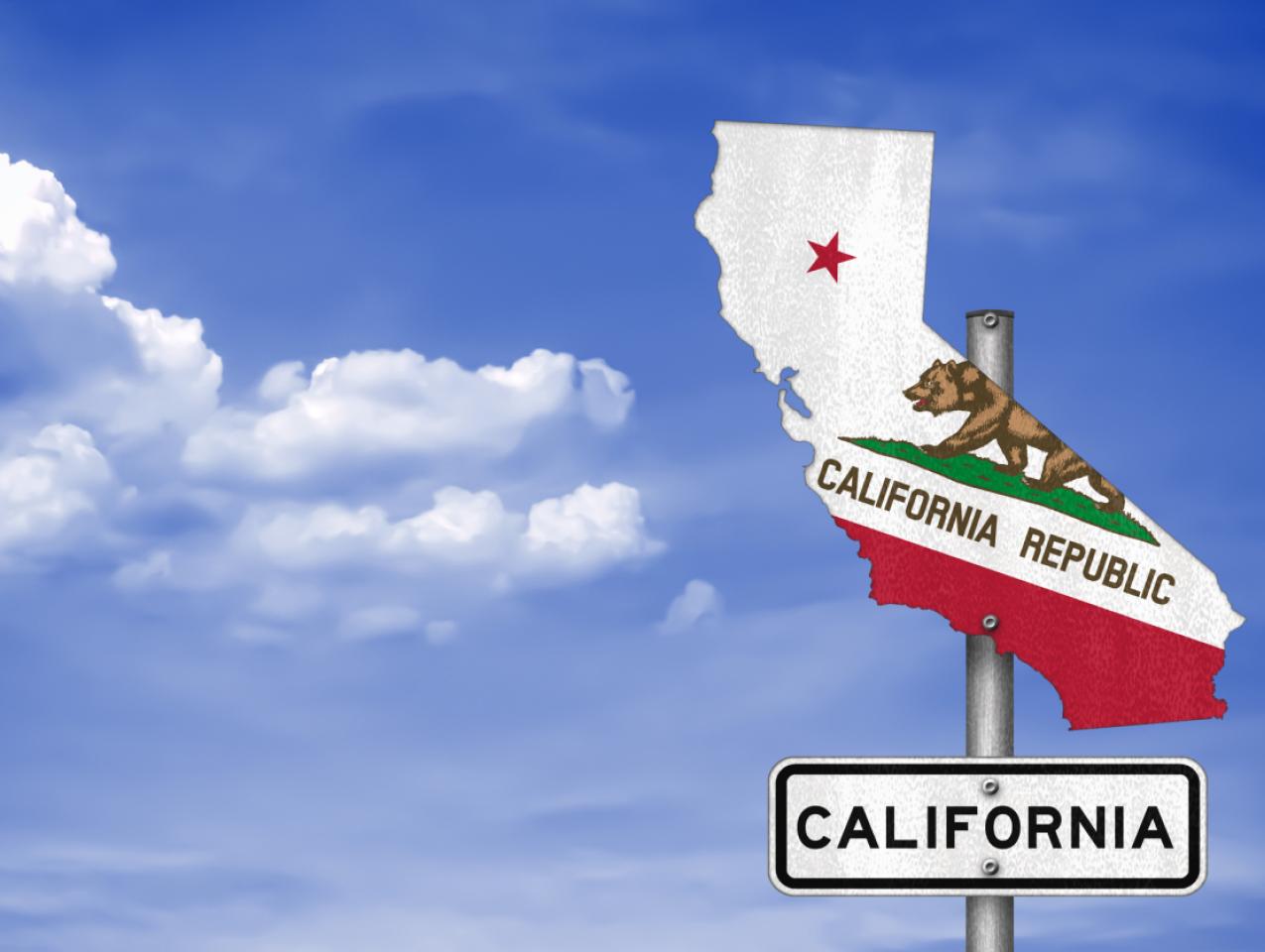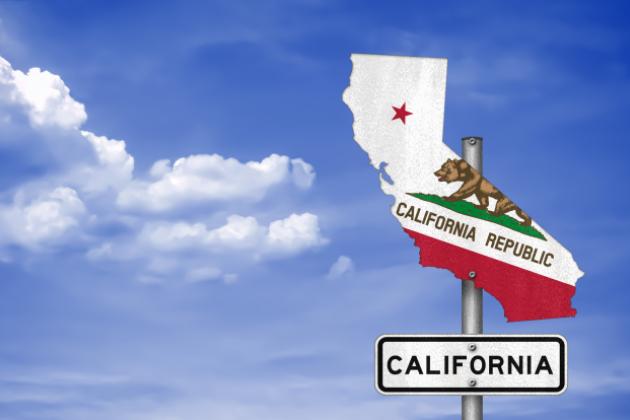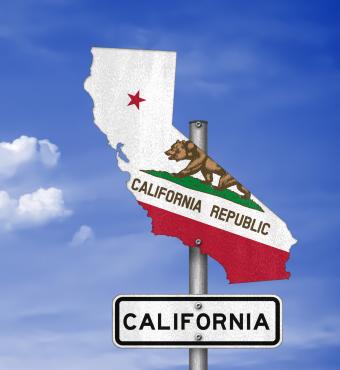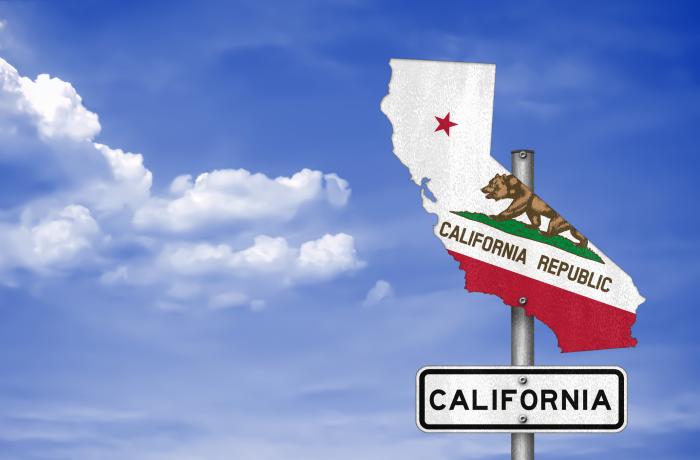- Politics, Institutions, and Public Opinion
- State & Local
- California
When considering the present-day struggles of California Republicans, keep in mind the Chinese adage “a journey of a thousand miles begins with a single step” (1,000 miles, by the way, is a little longer than the Golden State’s 840-mile coastline).
The party that once dominated California’s political existence—a Republican served as governor in all but five years from 1983 through 2011, and a Californian Republican was one half of the GOP ticket in seven of the nine presidential races between 1952 and 1984—struggles to stay relevant.
And “relevant” is being euphemistic.
At present, Republicans are decided minorities in both chambers of the State Legislature. Going back to 2002, other than Arnold Schwarzenegger, only one Republican has won a statewide race (that would be Steve Poizner, a one-term state insurance commissioner).
The picture isn’t any rosier at the federal level. The last Republican to win a US Senate contest was Pete Wilson, back in 1988, the last year of Ronald Reagan’s presidency. Only seven of the 53 members of California’s House delegation are affiliated with the GOP (a seat formerly held by Republican Duncan Hunter, in California’s 50th Congressional District, remains vacant after his resignation back in January following a corruption conviction).
However, that number was only six as of earlier this month. And then Republican Mike Garcia won a special election in California’s 25th CD, the first time in 22 years that the state GOP has flipped a House seat previously occupied by a Democrat.
Let’s not overstate the significance of Garcia’s win (though it could be a harbinger of how the COVID-19 pandemic might alter political landscapes). Garcia carried nearly 55% of the vote. However, he did so in a special election where the overall turnout was a shade over 174,000 votes. In November 2018, the turnout surpassed 245,000 votes.
While Garcia received nearly 9,100 more votes than the 2016 GOP option in that district, the Democrats’ performance fell by more than 55,500 votes. However, put an unpopular President Trump at the top of the ticket, as will be the case this fall, and the Democratic turnout could return to its 2018 level, thus imperiling a Republican victory.
However, Garcia might be in a better position to win a full term, because he understands a rule that the California GOP has struggled to accept these past two decades: when competing in battlegrounds that aren’t inherently Republican-friendly (the 2017 Cook Partisan Voter Index listed the 25th CD as only the 237th-most Republican district nationally), avoid national politics and run hard on local concerns.
In Garcia’s case, that meant emphasizing his biography—a first-generation American (plays well in a district that’s nearly 46% Latino and Asian American) who flew Navy fighter jets and saw combat in the skies over Iraq (also plays well in a district that includes Palmdale and Lockheed’s fabled Skunk Works aerospace lab).
But it also entailed the Republican candidate deviating from the GOP president and GOP congressional members in one key aspect: taxes and economics.
The 2017 Trump tax overhaul included a provision that prevents taxpayers from deducting more than $10,000 in state and local taxes from their federal income taxes. That so-called SALT cap hits hardest in progressive states with high taxes—i.e., California, which ranks tenth in the nation in overall taxation and has the highest personal income tax rate at 13.3% for millionaires.
According to California’s State Franchise Tax Board, approximately 2.6 million taxpayers deducted more than the $10,000 SALT limit in 2015. Post–SALT change, an estimated one million Californians are paying more on their federal income taxes, with about three-fifths of those taxpayers earning between $100,000 and $250,000—what passes for “middle class” in many parts of high-cost-of-living California.
In the 25th CD’s special election, Garcia flipped the script by telling voters that, if elected, he’d go Washington and work to repeal the SALT cap. Not only did it deprive his Democratic challenger of a talking point (House Democrats likely will push for SALT repeal should there be another COVID-19 relief package coming from Washington), but it also helped to cement Garcia’s brand as an independent-thinking Republican (for the record, Trump has suggested that he’s open to revisit the SALT cap, though it would put him on a collision course with Senate Republicans).
Garcia is not the only Republican who’s learned how to adapt to a harsh terrain. In San Diego, mayor Kevin Faulconer continues to show a political dexterity that leads to some to believe he might be the GOP’s best chance of unseating Gov. Gavin Newsom in 2022.
The argument for Faulconer: he has a strong record on dealing with his city’s homelessness crisis, one of California voters’ lead concerns prior to the pandemic; he’s been bolder than other California coastal mayors on re-opening dine-in restaurants, in-person-retail, and beaches; he isn’t shy about taking aim at Newsom (such as asking the governor last week to let local officials decide San Diego’s re-opening timeline)—the sort of media event that stokes the 2022 speculation.
One other thing about Faulconer: like Garcia, he sees the value in playing against conservative stereotypes.
Check the mayor’s Twitter feed last week and you’ll see the sort of posts one wouldn’t expect of a Republican in other parts of America. These two, for example, in referencing the Harvey Milk Diversity Breakfast in honor of the slain San Francisco gay rights icon:
“I’ll never forget the 2014 #HMDB after being elected Mayor. That was the same day the White House revealed a U.S. stamp featuring Harvey Milk – long sought by San Diego’s LGBT leaders. Proud to support the continued fight for equality for all.”
And:
“SD is proud to share a part of Harvey Milk’s history from his time serving here in the Navy. Om what would have been his 90th birthday, we celebrated this influential #LGBTQ leader by laying wreaths along Harvey Milk St. in Hillcrest and Balboa Park. #HarveyMilkDay”
Does this mean Faulconer could unseat a first-term governor, something that hasn’t happened in California in nearly 80 years? Of course not. He’s part of a party that, at last count in February, was only third in the state in voter registration (9.361 million Democrats, 5.182 million “no party preference,” and 4.937 Republicans).
However, disarming the opponent is a first step in the right direction.
Only 1,000 more miles to go.








